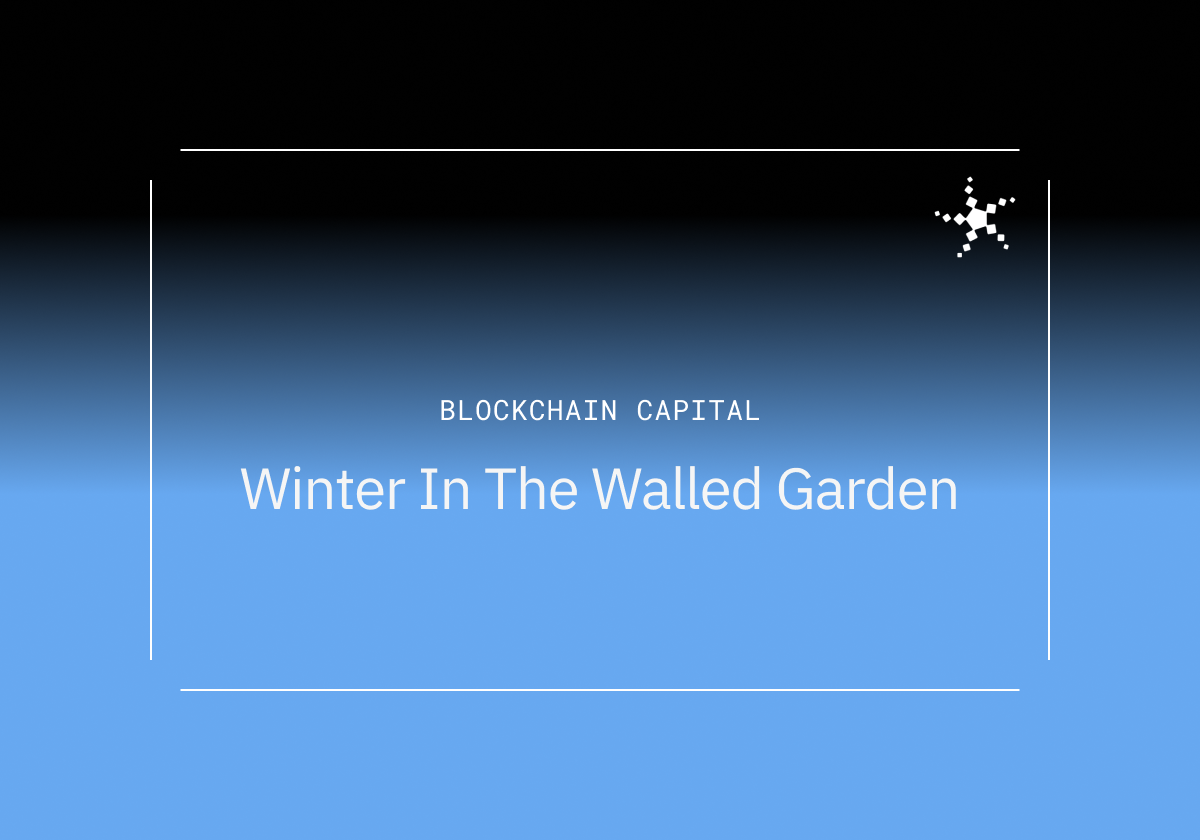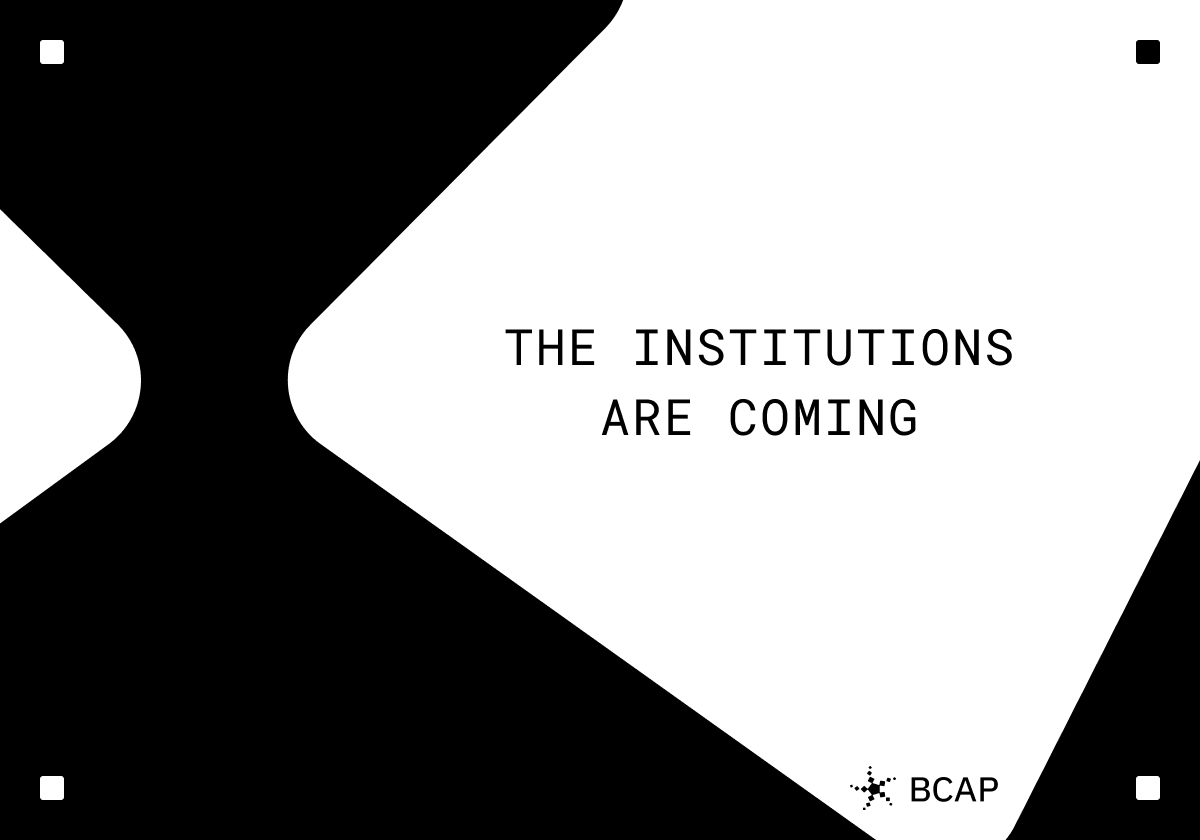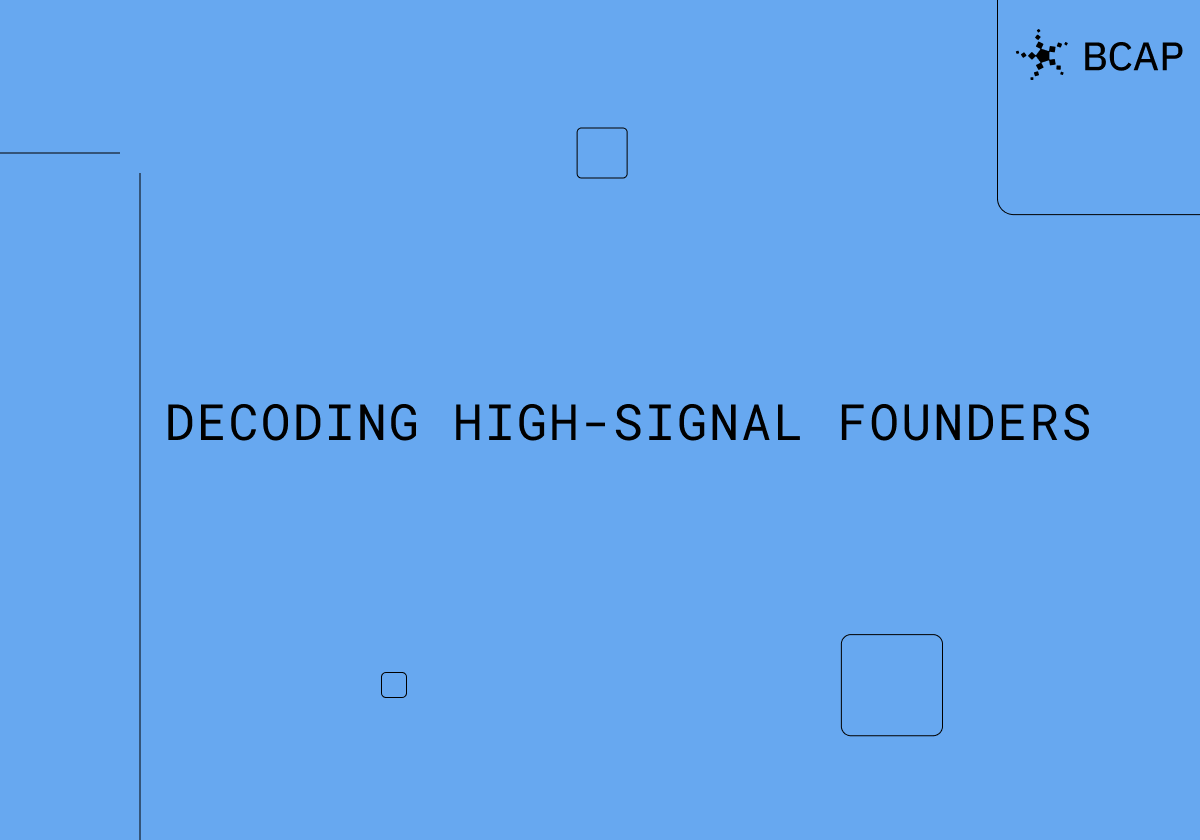
When Consumer Meets Crypto
Three decades into the internet, we are faced with three fundamental realities:
- content creation rules the internet
- value flows primarily to centralized platforms
- platform censorship is on the rise
Non-fungible tokens address the challenges presented by these realities. With non-fungible tokens, internet creators are given a mechanism to truly own their creations. NFTs are unique digital assets that live on a blockchain. When paired with brands, creators, or experiences, NFTs have value. NFTs can be anything — art, collectibles, music, games and more. These assets then provide ownership, provenance, and transferability among other characteristics.
In 2021, we’ve seen 300M+ in trading volumes for NFTs. Broad support is growing from both crypto-centric and traditional investors and influencers. While the market activity may be speculative today, the timing of this second NFT wave might get it right.

Why use crypto assets?Crypto allows for virtually any digital asset to be built and owned by the users themselves. This minimizes the role of rent-seeking platforms that historically sit between users and creators.

NFTs offer better economics than existing methods of value capture. By owning your content, internet creators can benefit directly from the economics. For example, creators retain most of the revenue when a sale occurs. Programmability provides a way for secondary transaction revenues to also flow back to the creator and NFT owners, not primarily the platforms. Users who own NFTs participate in the full economic lifecycle.
Lastly, NFTs enable platformless media— where media isn’t tied to any one single entity. While marketplaces and platforms will exist, users will be given the optionality of where to take their NFTs. Platforms will be constrained and forced to serve creators and users first.
Valuing NFTs is subjective. Just like valuing art, for example, an NFT’s value will likely depend on a confluence of factors, including cultural relevance, scarcity, utility, social status, and credibility. Price discovery is in the earliest stages in the NFT market. There are a number of experiments like peer prediction for NFTS (Upshot), bonding curves for price discovery (Foundation), and unique markets for individual NFTs (Zora). Although the market is currently flooded with NFTs, over time a set of standards will likely emerge to better enable efficient pricing and discovery.

What can you do with NFTs?
“Full-time internet creator” didn’t exist a few decades ago. It wasn’t until recently that this became feasible for small to mid-sized communities. However, the biggest platforms reward the biggest creators today. On YouTube, 97% of creators don’t make enough to reach the US poverty line. Becoming a truly independent creator online is hard. The advent of NFTs and tokenized communities enables new monetization models, making it economically feasible for small to medium-sized creators. Specifically, creators can lean into monetization methods:
- Prefunded projects — creators can raise money via a token to create something (e.g., write an essay) and then the holders of that token will accrue value for early support of the project.
- Programmable revenues — when a creator makes something, they can generate value across the lifetime of that object from such as art resales or song streams.
- Access — many communities today are freely available to the masses. Tokenization can enable unique access requirements which incentivize communities and users to pay for access and participate more actively.
Ultimately, when users become owners, they turn into advocates for the community. By cutting in users on the ground-floor, users will become stickier than ever before. It’s still early days for the consumer category. We’ve seen a flurry of activity in the NFT sector, with the build-out of NFT issuance, marketplaces, tools, and more.

Over time, we see NFTs expanding in two ways. First, is traditional products that use NFTs as a distribution channel and a new economic model. For example, NFTs can be used to retroactively distribute tokens to communities, as a way to reward early support. Tokens will be used to incentivize access, attention and user behavior. A few creators to embrace NFTs include Beeple the artist, Logan Paul the YouTuber and the NBA.The second is the creation of digitally native experiences, centered on issuing, exchange, and using digital assets. These digitally native experiences may span games, music, art, writing and more. The potential is enormous. NFTs may become a key form of value capture on the internet, enabling consumer use cases we’ve never even imagined.For a broader intro to the consumer opportunity, we recently created an intro presentation you can find here.
Disclosures: Blockchain Capital is an investor in several of the protocols mentioned above. The views expressed in each blog post may be the personal views of each author and do not necessarily reflect the views of Blockchain Capital and its affiliates. Neither Blockchain Capital nor the author guarantees the accuracy, adequacy or completeness of information provided in each blog post. No representation or warranty, express or implied, is made or given by or on behalf of Blockchain Capital, the author or any other person as to the accuracy and completeness or fairness of the information contained in any blog post and no responsibility or liability is accepted for any such information. Nothing contained in each blog post constitutes investment, regulatory, legal, compliance or tax or other advice nor is it to be relied on in making an investment decision. Blog posts should not be viewed as current or past recommendations or solicitations of an offer to buy or sell any securities or to adopt any investment strategy. The blog posts may contain projections or other forward-looking statements, which are based on beliefs, assumptions and expectations that may change as a result of many possible events or factors. If a change occurs, actual results may vary materially from those expressed in the forward-looking statements. All forward-looking statements speak only as of the date such statements are made, and neither Blockchain Capital nor each author assumes any duty to update such statements except as required by law. To the extent that any documents, presentations or other materials produced, published or otherwise distributed by Blockchain Capital are referenced in any blog post, such materials should be read with careful attention to any disclaimers provided therein.
No Results Found.








.jpg)



.png)
.png)
